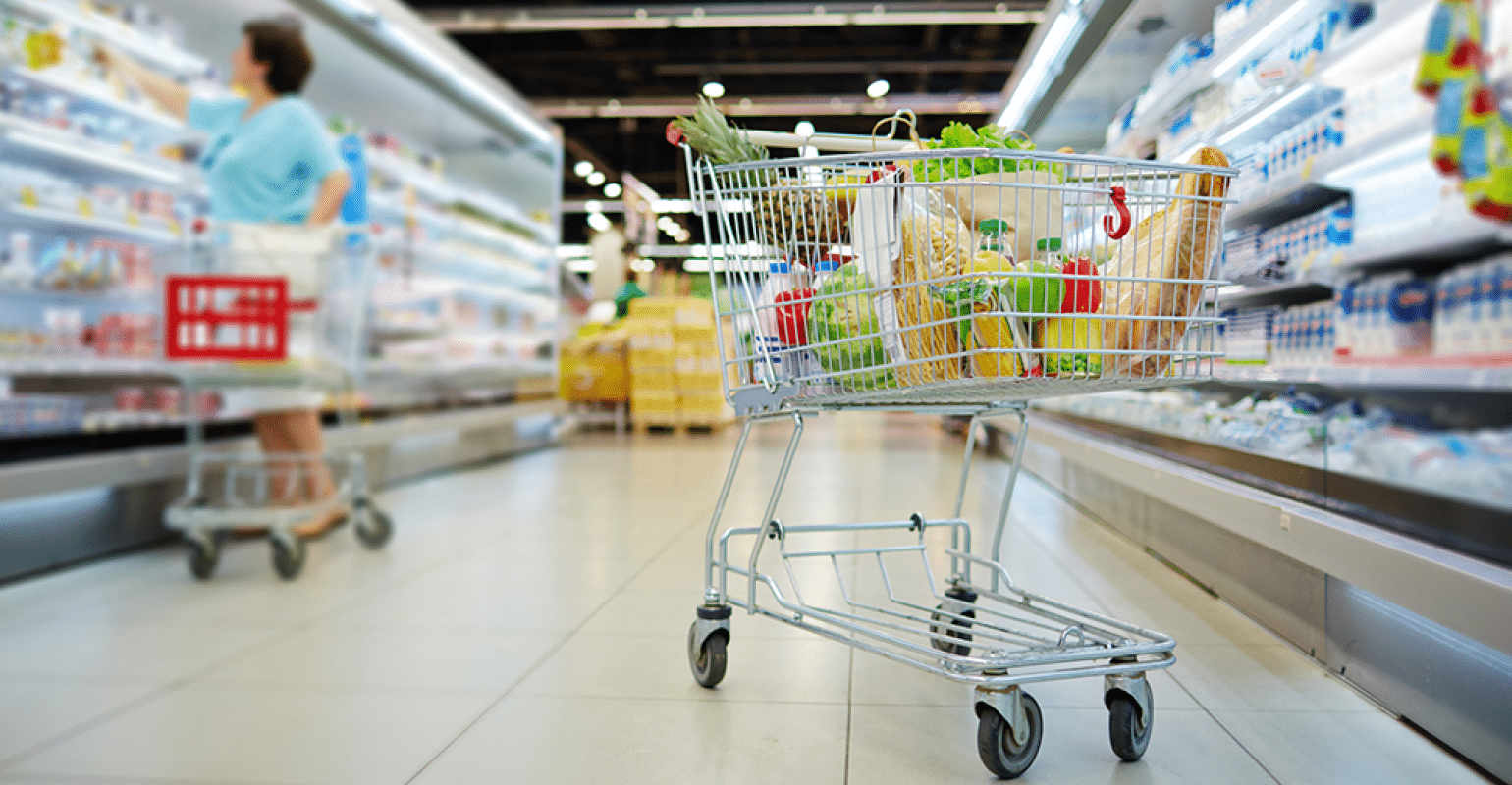Coke or Pepsi? Visa or Mastercard? Uber or Lyft? Apple or Android? Think about the brands you are loyal to. Does that allegiance extend to the exclusion of ever buying or using rival brands? Why or why not? What is it about commodity or luxury products and services that keep you faithful – and what would tempt you to switch?
Companies are working hard to understand this and it’s not easy. Both Gen-Z and Boomers have significant purchasing power (in 2020, consumers 65+ upped their online shopping by 53%), yet these generations sit on opposite sides of the preference and behavior spectrum (and individuals in those cohorts vary just as wildly). Legacy brands have armies of nimble D2C challengers nipping at their heels. The rapid shift to a new and permanent 1:1 economy is dizzying.
How do brands drive and maintain customer loyalty in the midst of ever-changing, oftentimes unpredictable market forces and shifting consumer demographics? To better understand what’s driving loyalty today and learn more about the ways in which consumers and brands are reacting to change, I spoke with John Hendricks, founder and CEO of ERGO.
John thinks a lot about the loyalty topic as some of the world’s largest brands such as American Express, Delta, Blackrock and Ameriprise have used his company to build long-term relationships and loyalty with consumers through the power of modern email newsletters. Together, we examined some of the latest data from Prosper Insights & Analytics.
Gary Drenik: Traditionally, we think about value (price relative to quality) as the main driver of loyalty. But are dollars and cents the only way for brands to compete and build customer loyalty?
John Hendricks: Brand loyalty is completely psychological, equal parts rational and emotional. On the rational side, there’s no getting past the fact that American consumers are definitely feeling the pressure of inflation. According to data from Prosper Insights and Analytics, a large percentage of consumers have noticed price increases across multiple categories from gas and groceries to pet supplies and prescription drugs.
Add to inflation the recent holiday gift-giving season, and it’s no surprise that consumers may currently be choosing cost savings over brand loyalty. Nearly one third (27%) of consumers across generations, Gen-Z, Millennials and Gen-X said they were buying more store brand/generic items due to price increases. 25% of Adults said they were doing more comparative shopping online.
Prosper – Doing As A Result Of Price Increases
Prosper Insights & Analytics
More than half of consumers across every generation except Millennials (48%) said that choosing familiar brands when buying clothes was not important.
Prosper – Familiar Labels Are Important
Prosper Insights & Analytics
On the emotional side it’s now more important than ever to make a strong impact with a solid customer experience. Household name brands (those that normally engender loyalty) will need to deliver more than discounts, rewards, and coupons. Brands can offer experiential rewards such as exclusive or early access to events or products that go beyond transactions and help drive deeper relationships and a sense of community with other customers.
Prices go up and down in tandem with economic cycles, but brands that find creative ways to offer incentives beyond fleeting discounts or irrelevant rewards will find it easier to maintain customer loyalty during tougher times or earn regular business back when wallets loosen up again.
Drenik: So, it sounds like beyond price, customer experience is a critical factor to winning and maintaining customer loyalty?
Hendricks: Absolutely. All consumers – even those in older generations – expect digital- first experiences in what’s become a highly on-demand culture. Brands that deliver speed and seamless omnichannel experiences consistently will have a long-term advantage when it comes to customer loyalty. Brands that get personalization right will also have a leg up.
However, good CX today goes beyond just selling and focusing only on triggered marketing messages. Consumers crave tangible value beyond the sale and it’s important for brands to predict customer needs and delight them with information they didn’t already know.
Transactional messages drive sales, which are no doubt important. Brands are in business to make money. However, experiences focused on relationship building and rooted in brand values will increase total CLTV (customer lifetime value), which is important for brands especially in high churn industries like technology, CPG, and financial services.
Drenik: Let’s shift gears and address the point of brand values. Many brands have stepped up in recent years to demonstrate that they share the same social values as their customers. Should we expect this trend to continue in 2022?
Hendricks: Corporate social responsibility matters. This has come into stark relief over the past two years with various social movements that have sparked conversations around sustainability, equity, and inclusion. Prosper Insights & Analytics found that a quarter of Gen-Z and Millennials will increase spending with a brand that takes a strong stand on a social issue they support.
The numbers are even more significant when it comes to environmental issues, with nearly 30% of Adults 18+ reporting that they’ll spend more with brands that are environmentally responsible.
These current numbers aren’t as high as other industry studies and again may reflect the tight financial times many consumers are in. However, these stats underscore that even during tough times, brands that maintain, demonstrate, and communicate their values can still garner a larger share of wallet and long-term loyalty. Authenticity is also key. Consumers are very good at sniffing out fake attempts to embrace Corporate Social Responsibility (CSR) by brands and that almost always backfires.
Drenik: Any final thoughts or tips about cultivating loyalty in 2022 and beyond?
Hendricks: I can’t help but come back to the importance of getting personalization right as a driver of loyalty moving forward. Us folks in the marketing technology world know how much of a buzzword it’s become, but there’s such a strong opportunity to rethink what personalization means and how to approach it in a way that provides the best customer experiences while respecting privacy. Much of this will be driven by Artificial Intelligence and we are just at the tip of the iceberg in terms of what these loyalty-driving experiences can and will look like.
Drenik: Thanks for your time and expertise, John. It will be interesting to see how things continue to unfold in the coming year.
This article was written by Gary Drenik from Forbes and was legally licensed through the Industry Dive Content Marketplace. Please direct all licensing questions to [email protected].



